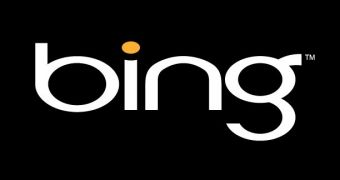Website owners and administrators with an international audience looking to provide a translated version of the content available without penalizing the performance of their sites can turn to the Bing Translator Widget. Built on top of the machine translation technology developed by the Microsoft Research Translator team, the widget is designed to streamline the on-demand translation of web-based text with no development efforts or the associated costs, except the investments made in Redmond.
The Bing Translator widget was initially introduced approximately eight months ago, with Microsoft taking the innovative approach of not redirecting website visitors to a third-party proxy translation service. The Redmond company also opted to offer on-demand translations, meaning that adding the tool to a website does in no way impact the load-time or speed of the content.
“Powered by the same machine translation technology that is used by Bing, Internet Explorer, and Office, the Translator widget provides a free option to deliver a "gisting" experience to a non-native audience. While machine translation cannot replace a professional or human localization, it aims to provide a rough understanding (the gist) of the content on the page to those that cannot read the original language. The translation engine is worked on continuously to deliver better quality and more languages,” revealed Vikram Dendi, senior product manager, Microsoft Research.
Putting together a widget specifically designed for your website requires almost no effort on your behalf. Just head over to the Microsoft Translator Widget Beta portal, enter basic information about your website, tweak the few options available and generate the JavaScript code that can subsequently integrate along web-based content.
“Once this code snippet is pasted into an appropriate area of your page, the Translator widget appears on your site to your users in the language their browser is set to. This localization of the widget user interface ensures that your site's audience always sees "Translate this page" in their language and thereby are able to kick-off the translation (as shown in the images below). The translator team is also planning to add an "automatic" translation functionality, where you can set the widget to auto-translate the page into the visitor's browser language upon arrival,” Dendi added.
Users who opt for text to be translated on a webpage will notice that the widget performs progressive rendering as it digests through the content available. At the same time, navigating from one translated page to another is a seamless experience because of the automatic translation of text. Users can also save and share links for translated webpages. “A progress bar and several other controls are displayed as well, to the visitor, floating at the top of the screen. Upon translation, hovering over the translated sentences displays tool tips that show the original source sentence, as shown in the image below. This can be useful in situations where the visitor has some familiarity with the source language,” Dendi said.

 14 DAY TRIAL //
14 DAY TRIAL //